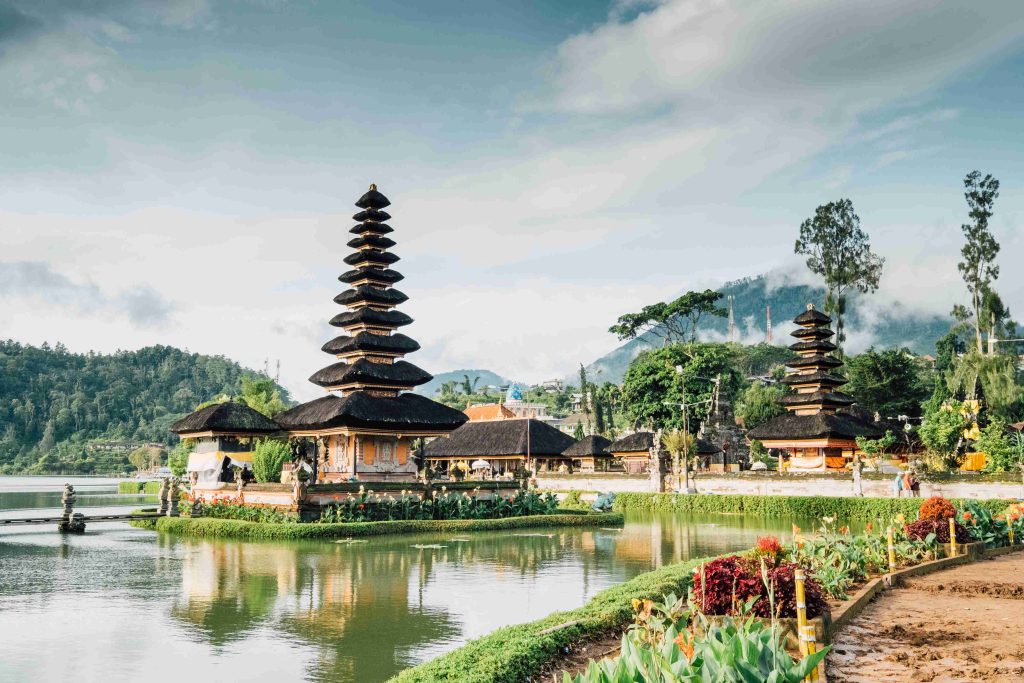Standing tall and proud in the heart of Indonesia’s bustling capital city, Jakarta, is the National Monument, affectionately known as Monas. This iconic structure serves as both a historical landmark and a symbol of Indonesia’s hard-fought independence. We will take you on a journey through the rich history, cultural significance, and architectural marvel that is Monas, shedding light on its importance in the fabric of Jakarta.
Monas, short for Monumen Nasional or the National Monument, is more than just a monument; it’s a symbol of Indonesia’s journey to independence and a beloved icon in the city’s skyline. In this article, we will explore the history, significance, and allure of Monas, a place where past, present, and future converge.
Monas: Jakarta’s Iconic National Monument

Amidst the bustling metropolis of Jakarta, Indonesia’s capital city, stands a symbol of national pride and unity. Monas, short for Monumen Nasional or the National Monument, is a towering beacon that commemorates the nation’s struggle for independence and serves as an iconic landmark of Indonesia. In this article, we delve into the history, architecture, and significance of Monas, showcasing its enduring importance in Jakarta’s landscape and the hearts of its people.
I. A Monument with Historical Roots
Monas, short for Monumen Nasional, is a towering obelisk that soars to a height of 132 meters (433 feet). Its roots trace back to Indonesia’s struggle for independence from colonial rule. Here’s a glimpse into its history:
Inauguration: Monas was inaugurated on August 17, 1961, exactly 16 years after Indonesia proclaimed its independence from Dutch colonial rule.
Independence Day: Every year, on August 17th, thousands of Indonesians gather at Monas to celebrate their nation’s Independence Day with a grand ceremony and flag-raising event.

II. Architectural Marvel and Symbolism
Monas is not just a monument; it’s a meticulously designed symbol of Indonesia’s journey to nationhood. Some key architectural and symbolic elements include:
The Flame: At the very top of Monas is a golden flame, coated in 50 kilograms of gold leaf. It symbolizes the spirit of independence and the burning desire of Indonesians to be free from colonial oppression.
The Obelisk: The towering obelisk itself represents Indonesia’s emergence as an independent nation. It stands as a visual reminder of the country’s resilience and strength.
The Museum: At the base of Monas, there is a museum that houses an extensive collection of historical artifacts and documents related to Indonesia’s fight for independence. It offers visitors an in-depth look at the nation’s history.
Also read : 10 Museums And Galleries In Jakarta for your Adventures
III. A Cultural Hub
Monas is not just a monument but also a vibrant cultural hub where various events and activities take place:
Surrounding Park: The monument is set within a vast park that offers a serene escape from the city’s hustle and bustle. It’s a popular spot for picnics and family outings.
Cultural Performances: Visitors can often witness cultural performances and exhibitions that showcase Indonesia’s diverse heritage.
Education and Tourism: The museum plays a pivotal role in educating both locals and tourists about the nation’s history. It serves as an essential destination for those interested in Indonesia’s rich and multifaceted past.
IV. Visiting Monas
For tourists and locals alike, Monas is a must-visit attraction in Jakarta
Ascend to the Top: Visitors can take an elevator to the top of the monument, where they are rewarded with panoramic views of Jakarta.
Cultural Experiences: Explore the museum to gain a deeper understanding of Indonesia’s struggle for independence and cultural diversity.
Independence Day: If you’re fortunate enough to be in Jakarta on August 17th, don’t miss the spectacular Independence Day celebrations at Monas.
The Philosophy of Monas: Unveiling the Essence of Jakarta’s Iconic Monument

Monas, short for “Monumen Nasional” or the National Monument, is a towering symbol of Jakarta, Indonesia’s capital city. Beyond its architectural significance, Monas embodies a profound philosophical dimension that resonates with the nation’s identity and history. In this article, we will explore the philosophy of Monas, Jakarta’s iconic monument, delving into its historical context, underlying principles, and the broader implications for the city’s culture and identity.
Historical Context
The construction of Monas began in 1961 under the leadership of Indonesia’s first President, Sukarno. The monument was envisioned as a symbol of national identity and independence, commemorating the struggles of the Indonesian people for liberation from colonial rule. While the physical form of Monas is impressive, its philosophical underpinnings provide deeper insights into the monument’s significance.
Key Philosophical Principles
- Unity in Diversity: Monas symbolizes the unity of Indonesia, an archipelago with diverse cultures, languages, and religions. The towering obelisk, crowned with a flame representing the nation’s spirit, signifies the idea that despite diversity, Indonesians are bound together by a common identity and shared history.
- Pancasila: Monas embodies the principles of Pancasila, Indonesia’s foundational philosophy. Pancasila emphasizes five key principles: belief in one God, humanitarianism, unity in diversity, democracy, and social justice. Monas, as a national symbol, serves as a reminder of these values, promoting unity and harmony among the country’s diverse population.
- Historical Reflection: Monas also serves as a historical reflection of Indonesia’s journey towards independence. The monument’s museum houses various artifacts and exhibits that recount the nation’s history, reminding visitors of the sacrifices made by their forebears in the pursuit of freedom.
- Aspiration and Progress: The flame atop Monas represents the nation’s aspiration for progress and development. It serves as a symbol of hope, inspiring Indonesians to work together towards a brighter future.
Also read : 12 Best Hotels for an Exquisite Stay in Jakarta
Implications for Jakarta’s Culture and Identity
- Cultural Significance: Monas plays a pivotal role in shaping Jakarta’s cultural identity. It serves as a gathering point for national celebrations, cultural events, and public gatherings, fostering a sense of unity among the city’s diverse population.
- Educational Role: Monas’ museum and exhibits offer educational opportunities for both locals and tourists. They provide insights into Indonesia’s history, instilling a sense of pride and appreciation for the nation’s cultural heritage.
- Civic Engagement: Monas serves as a space for civic engagement and public discourse. Protests, celebrations, and rallies frequently take place at the monument, demonstrating the significance of this site in shaping Jakarta’s political landscape.
- Tourism and Global Recognition: Monas is one of Jakarta’s most prominent tourist attractions, drawing visitors from around the world. It represents Indonesia on the global stage, symbolizing the nation’s commitment to democracy, diversity, and progress.
Conclusion
Monas, Jakarta’s iconic National Monument, is more than just a towering structure; it embodies the rich philosophical and historical tapestry of Indonesia. Through its design and symbolism, Monas reflects the unity in diversity that defines the nation, while also serving as a beacon of hope and aspiration for the future. As Jakarta continues to evolve, Monas remains a steadfast symbol of Indonesia’s cultural identity and its commitment to the principles of Pancasila.
Monas stands not only as an architectural masterpiece but also as a symbol of Indonesia’s indomitable spirit and its journey to independence. It serves as a reminder of the sacrifices made by those who fought for freedom and an educational hub for generations to come. As one of Jakarta’s most iconic landmarks, Monas continues to play a vital role in preserving and commemorating the nation’s history while offering visitors a unique cultural and historical experience in the heart of the bustling city.

Alfath Dewantara (Alde) is a passionate advocate for Bukit Lawang and Indonesian travel. As a manager of Jungle Inn & Restaurant, Alde is dedicated to providing guests with an unforgettable experience.







